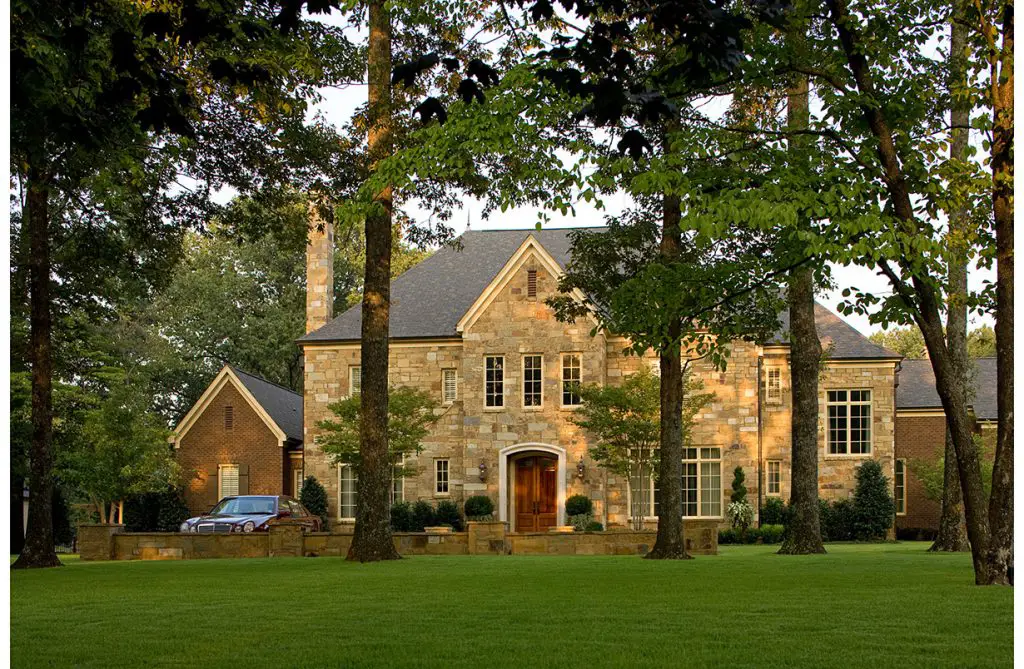It’s important to keep your roof well maintained. Keep reading for ultimate roof: 7 key benefits of regular roof maintenance.
Why’s your roof free?
Because it’s on the house!
Sadly, replacing a roof is anything but free. Americans spend more on roofing renovations than any other home project. In 2017, roof care cost homeowners $25 billion.
To make matters worse, once you’re roof’s compromised, your entire house is in danger. Leaks, water damage, and mold, often result from faulty shingles or rotting roof flashings. If you want to protect your home and your bank account, you have to know how to stop roofing problems, before they begin.
Read on to learn how to have the ultimate roof.

1. Ultimate Roof Maintenance Plan
To have the ultimate roof, you have to do a bit of housekeeping first. Whether you’re working with winter roof maintenance or summer care, you’ll want to start by tackling any debris. Go ahead and thoroughly clean your roof and clear any debris away from the roof-related systems.
You don’t just want to pay attention to the shingles, but instead, pay attention to every key component of the roof. Here are a few parts of the roof that you’ll want to keep a close eye on
- Downspouts
- Installations
- Skylights
- Solar panels
As you get ready to start cleaning up your roof, start with getting any clutter. Begin picking up any of the leaves that may be on the roof, including branches.
Regularly cleaning your roof of debris should become a normal part of your roof maintenance. If you noticed that you frequently have a lot of debris on your roof, it’s probably because you need to clear away some of the vegetation.

2. Clear Away Excess Vegetation
Clear up any overhanging trees limbs that are giving you a surplus of leaves. If you notice a tree has a dead branch is just waiting to fall, get rid of that too. If it’s a hard-to-reach area or you don’t feel safe clearing the vegetation away yourself, go ahead and hire a professional contractor to do it for you.
3. Gutter Maintenance
Next, you’re ready to get down and dirty with the gutters. Get a trowel and dig out any leaves or other plant material that may be forming in the gutters. When your gutters are completely clean water can flow through them freely.

4. Inspect Downspouts
You want to make sure that rainwater can go through the downspouts to drain. If the water is being interrupted, it’s probably because there’s some plant material that you still need to clean out of the gutters.
Next time it rains, check to see if the downspouts are functioning properly. Is the rainwater going away from the home?
If you notice any drips that are happening right after a rainstorm, it could be a problem with your downspouts. Leaks and drips are often the results of rainwater collecting on the roof.
5. Monitor Moss
A lot of homeowners don’t think that moss is a bad thing. The earthy natural look of moss can almost make your house have a magical appeal. However, moss can be incredibly damaging to your roof.
If you let the moss grow wild, it can damage almost any kind of roof material. Asphalt, concrete, and wood roofs are all at risk of the damage moss can cause.
Why Is Moss Bad for Roofs?

Over the years the moss will begin to work its way through the cracks of the shingles. With enough time the moss will lift the shingles up and out of position.
Once the shingles are out of place, rainwater can get inside your ceiling. Another disadvantage of moss it’s a waxy plant that holds a lot of water.
Think of it, wet soggy moss sitting on your roof for months. Leaks, and rotten material, are sure to follow if you have a messy mossy roof.
So what do you do to get rid of the Moss? You have to scrub it away! You can also hire a professional to scrub the moss off for you.
We find that zinc sulfate granules are a great way to combat and prevent moss. Sprinkle the granules evenly onto your roof every few months.
6. Regular Roof Inspections
So far, we’ve told you how to clean up your roof, and monitor the downspouts. Next, once your roof is clean, you’ll watch it do a thorough inspection.
The goal of your roof inspection to identify any problems or issues now, before they become a big deal. We suggest getting a professional to perform your roof inspection.
The professional roof inspector will become familiar with your roof and will know what to expect. This makes it easier for the roofer to notice if something looks different and needs repairs.
It’s a good idea to have roof inspections every year, one in the spring and one in the fall. Make sure that during the roof inspection the roofer also checks your ventilation system.
Your intake and your exhaust are both parts of your ventilation. If you have an attic that’s experiencing condensation, you may need a ventilation cleaning.
7. Getting Roof Repairs
If any issues arise during your roof inspection, you’ll want to handle them right away. Tiny roof problems left unattended can grow into major nightmares.
Here are some of the repairs you may need:
- Repair loose shingle
- Repair cracked shingle
- Replace missing shingle
- Replace valley flashing
Your house uses something called valley flashing to protect it from water. Any corrosion, or cracks, could cause water damage and your ceiling. If your valley flashing material is losing its integrity, don’t wait to replace it.
In addition to your valley flashing your house also has other types of flashing to keep water out. For example, if you have a chimney or a roof vent, it’ll have a flashing to prevent water damage.
Keep a Roof Over Your Head
Keeping the ultimate roof over your head is all about routine maintenance. When you stay up to date with cleaning and maintaining your roof, your house, and bank account, will thank you.
Instead of dealing with leaks and water damage, you’ll be saving money by stopping problems before they begin. For more homeowner tips and tricks, check out our other articles. Thanks to Double D Builders for contributing.
























